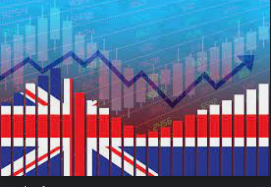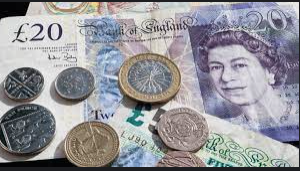There is always a strong emphasis on the economy. The Bank of England is the driver of many initiatives and schemes to keep it running smoothly and avoid recessions or to try and put a stopper on inflation, where prices grow at an expediential rate. There have been many occasions where this has been needed over the last thirty years. Our economy has been subjected to many shocks and challenges. From regulatory reform in the ninety-eighties to the collapse of the economy in the early nineties and again in 2008, there have been desperate attempts to try and reverse these changes. One of these ideas is that of quantitative easing.

Much like an AML ID VERIFICATION, such as that from a supplier like https://www.w2globaldata.com/an-idiots-guide-to-aml-kyc-id-verification it is an essential part of any financial system. It is not a decision to be taken lightly when being invoked by the Bank of England. The idea behind quantitative easing is simple. Create more physical money, that is, pound coins and notes etc, and then put them into the economy.

This money is created by purchasing government bonds. This is usually in pensions or other investments. This money is then directly injected back into the economy. One of the most common choices of bonds is pensions. When the bank buys the bonds, it creates real money that the pension scheme does not need as hard cash. It’s not an uncommon method of inflation control. It’s also used in many countries abroad, such as Japan and the USA.





















+ There are no comments
Add yours